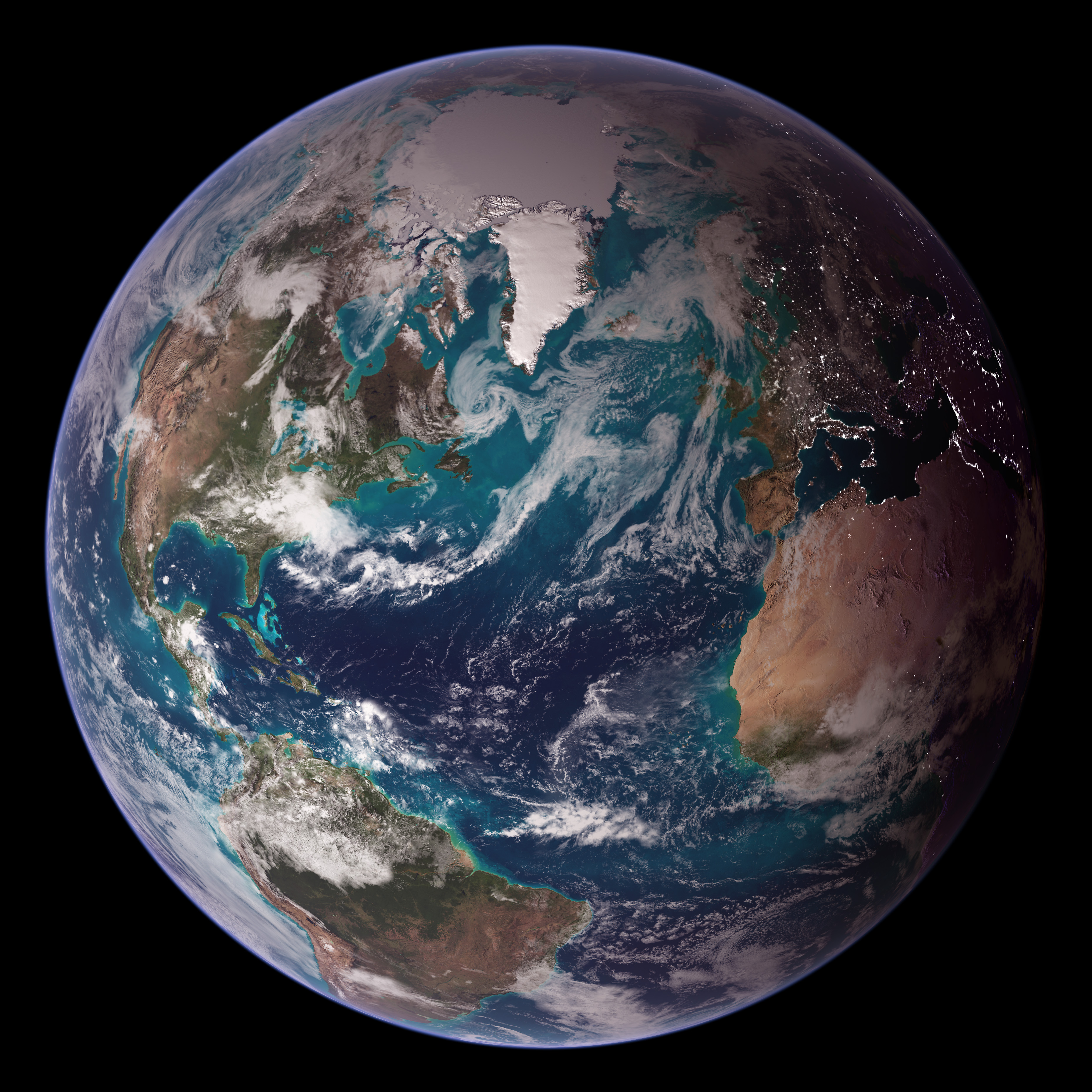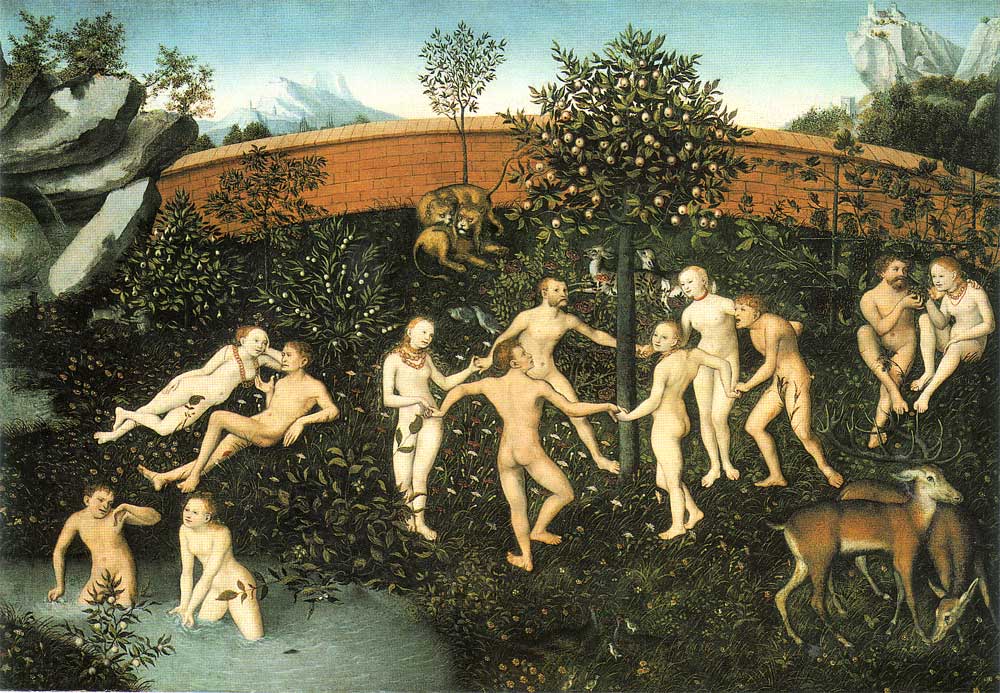|
Transient State
In systems theory, a system is said to be transient or in a transient state when a process variable or variables have been changed and the system has not yet reached a steady state. In electrical engineering, the time taken for an electronic circuit to change from one steady state to another steady state is called the transient time. Examples Chemical Engineering When a chemical reactor is being brought into operation, the concentrations, temperatures, species compositions, and reaction rates are changing with time until operation reaches its nominal process variables. Electrical engineering When a switch is closed in an electrical circuit containing a capacitor or inductor, the component draws out the resulting change in voltage or current, causing the system to take a substantial amount of time to reach a new steady state. This period of time is known as the transient state. A capacitor acts as a short circuit immediately after the switch is closed, increasing its impedanc ... [...More Info...] [...Related Items...] OR: [Wikipedia] [Google] [Baidu] |
Systems Theory
Systems theory is the Transdisciplinarity, transdisciplinary study of systems, i.e. cohesive groups of interrelated, interdependent components that can be natural or artificial. Every system has causal boundaries, is influenced by its context, defined by its structure, function and role, and expressed through its relations with other systems. A system is "more than the sum of its parts" when it expresses synergy or emergent behavior. Changing one component of a system may affect other components or the whole system. It may be possible to predict these changes in patterns of behavior. For systems that learn and adapt, the growth and the degree of adaptation depend upon how well the system is engaged with its environment and other contexts influencing its organization. Some systems support other systems, maintaining the other system to prevent failure. The goals of systems theory are to model a system's dynamics, Theory of constraints, constraints, conditions, and relations; and to ... [...More Info...] [...Related Items...] OR: [Wikipedia] [Google] [Baidu] |
Ecological Footprint
The ecological footprint measures human demand on natural capital, i.e. the quantity of nature it takes to support people and their economies. It tracks human demand on nature through an ecological accounting system. The accounts contrast the biologically productive area people use to satisfy their consumption to the biologically productive area available within a region, nation, or the world (biocapacity). Biocapacity is the productive area that can regenerate what people demand from nature. Therefore, the metric is a measure of human impact on the environment. As Ecological Footprint accounts measure to what extent human activities operate within the means of our planet, they are a central metric for sustainability. The metric is promoted by the Global Footprint Network which has developed standards to make results comparable. FoDaFo, supported by Global Footprint Network and York University are now providing the national assessments of Footprints and biocapacity. Footprint and b ... [...More Info...] [...Related Items...] OR: [Wikipedia] [Google] [Baidu] |
Race Condition
A race condition or race hazard is the condition of an electronics, software, or other system where the system's substantive behavior is dependent on the sequence or timing of other uncontrollable events, leading to unexpected or inconsistent results. It becomes a bug when one or more of the possible behaviors is undesirable. The term ''race condition'' was already in use by 1954, for example in David A. Huffman's doctoral thesis "The synthesis of sequential switching circuits". Race conditions can occur especially in logic circuits or multithreaded or distributed software programs. Using mutual exclusion can prevent race conditions in distributed software systems. In electronics A typical example of a race condition may occur when a logic gate combines signals that have traveled along different paths from the same source. The inputs to the gate can change at slightly different times in response to a change in the source signal. The output may, for a brief period, chan ... [...More Info...] [...Related Items...] OR: [Wikipedia] [Google] [Baidu] |
Population Dynamics
Population dynamics is the type of mathematics used to model and study the size and age composition of populations as dynamical systems. Population dynamics is a branch of mathematical biology, and uses mathematical techniques such as differential equations to model behaviour. Population dynamics is also closely related to other mathematical biology fields such as epidemiology, and also uses techniques from evolutionary game theory in its modelling. History Population dynamics has traditionally been the dominant branch of mathematical biology, which has a history of more than 220 years,Malthus, Thomas Robert. An Essay on the Principle of Population: Library of Economics although over the last century the scope of mathematical biology has greatly expanded. The beginning of population dynamics is widely regarded as the work of Malthus, formulated as the Malthusian growth model. According to Malthus, assuming that the conditions (the environment) remain constant ('' ceteris pari ... [...More Info...] [...Related Items...] OR: [Wikipedia] [Google] [Baidu] |
Limits To Growth
''The Limits to Growth'' (''LTG'') is a 1972 report that discussed the possibility of exponential economic and population growth with finite supply of resources, studied by computer simulation. The study used the World3 computer model to simulate the consequence of interactions between the Earth and human systems. Commissioned by the Club of Rome, the study saw its findings first presented at international gatherings in Moscow and Rio de Janeiro in the summer of 1971. The report's authors are Donella H. Meadows, Dennis L. Meadows, Jørgen Randers, and William W. Behrens III, representing a team of 17 researchers. The model was based on the work of Jay Forrester of MIT, as described in his book ''World Dynamics''. The report's findings suggest that, in the absence of significant alterations in resource utilization and environmental destruction, it is highly likely that there will be an abrupt and unmanageable decrease in both population and industrial capacity. Although it ... [...More Info...] [...Related Items...] OR: [Wikipedia] [Google] [Baidu] |
Limit Cycle
In mathematics, in the study of dynamical systems with two-dimensional phase space, a limit cycle is a closed trajectory in phase space having the property that at least one other trajectory spirals into it either as time approaches infinity or as time approaches negative infinity. Such behavior is exhibited in some nonlinear systems. Limit cycles have been used to model the behavior of many real-world oscillatory systems. The study of limit cycles was initiated by Henri Poincaré (1854–1912). Definition We consider a two-dimensional dynamical system of the form x'(t)=V(x(t)) where V : \R^2 \to \R^2 is a smooth function. A ''trajectory'' of this system is some smooth function x(t) with values in \mathbb^2 which satisfies this differential equation. Such a trajectory is called ''closed'' (or ''periodic'') if it is not constant but returns to its starting point, i.e. if there exists some t_0>0 such that x(t + t_0) = x(t) for all t \in \R. An orbit (dynamics), orbit is the ima ... [...More Info...] [...Related Items...] OR: [Wikipedia] [Google] [Baidu] |
Homeostasis
In biology, homeostasis (British English, British also homoeostasis; ) is the state of steady internal physics, physical and chemistry, chemical conditions maintained by organism, living systems. This is the condition of optimal functioning for the organism and includes many variables, such as body temperature and fluid balance, being kept within certain pre-set limits (homeostatic range). Other variables include the pH of extracellular fluid, the concentrations of sodium, potassium, and calcium ions, as well as the blood sugar level, and these need to be regulated despite changes in the environment, diet, or level of activity. Each of these variables is controlled by one or more regulators or homeostatic mechanisms, which together maintain life. Homeostasis is brought about by a natural resistance to change when already in optimal conditions, and equilibrium is maintained by many regulatory mechanisms; it is thought to be the central motivation for all organic action. All home ... [...More Info...] [...Related Items...] OR: [Wikipedia] [Google] [Baidu] |
Herman Daly
Herman Edward Daly (July 21, 1938 – October 28, 2022) was an American ecological and Georgist economist and professor at the School of Public Policy of University of Maryland, College Park in the United States, best known for his time as a senior economist at the World Bank from 1988 to 1994. In 1996, he was awarded the Right Livelihood Award for "defining a path of ecological economics that integrates the key elements of ethics, quality of life, environment and community." Life and work Daly was born in Houston, Texas in 1938. Before joining the World Bank, Daly was a research associate at Yale University, and Alumni Professor of Economics at Louisiana State University. Daly was Senior Economist in the Environment Department of the World Bank, where he helped to develop policy guidelines related to sustainable development. While there, he was engaged in environmental operations work in Latin America. He is closely associated with theories of a steady-state economy. ... [...More Info...] [...Related Items...] OR: [Wikipedia] [Google] [Baidu] |
Growth Curve (statistics)
The growth curve model in statistics is a specific multivariate linear model, also known as GMANOVA (Generalized Multivariate Analysis-Of-Variance). It generalizes MANOVA by allowing post-matrices, as seen in the definition. Definition Growth curve model: Let X be a ''p''×''n'' random matrix corresponding to the observations, A a ''p''×''q'' within design matrix with ''q'' ≤ ''p'', B a ''q''×''k'' parameter matrix, C a ''k''×''n'' between individual design matrix with rank(''C'') + ''p'' ≤ ''n'' and let Σ be a positive-definite ''p''×''p'' matrix. Then : X=ABC+\Sigma^E defines the growth curve model, where A and C are known, B and Σ are unknown, and E is a random matrix distributed as ''N''''p'',''n''(0,''I''''p'',''n''). This differs from standard MANOVA by the addition of C, a "postmatrix". History Many writers have considered the growth curve analysis, among them Wishart (1938), Box (1950) and Rao (1958). Potthoff and Roy in 19 ... [...More Info...] [...Related Items...] OR: [Wikipedia] [Google] [Baidu] |
Evolutionary Economics
Evolutionary economics is a school of economic thought that is inspired by evolutionary biology. Although not defined by a strict set of principles and uniting various approaches, it treats economic development as a process rather than an equilibrium and emphasizes change (qualitative, organisational, and structural), innovation, complex interdependencies, self-evolving systems, and limited rationality as the drivers of economic evolution. Hodgson, G. M. (2012). ''Evolutionary Economics'', in Fundamental Economics, edited by Mukul Majumdar, Ian Wills, Pasquale Michael Sgro, John M. Gowdy, in Encyclopedia of Life Support Systems (EOLSS), Developed under the Auspices of the UNESCO, EOLSS Publishers, Paris, France fro [...More Info...] [...Related Items...] OR: [Wikipedia] [Google] [Baidu] |
List Of Types Of Equilibrium
This is a list presents the various articles at Wikipedia that use the term equilibrium (or an associated prefix or derivative) in their titles or leads. It is not necessarily complete; further examples may be found by using the Wikipedia search function, and this term. Biology * Equilibrioception, the sense of a balance present in human beings and animals * Equilibrium unfolding, the process of unfolding a protein or RNA molecule by gradually changing its environment * Genetic equilibrium, theoretical state in which a population is not evolving * Homeostasis, the ability of an open system, especially living organisms, to regulate its internal environment * Punctuated equilibrium, theory in evolutionary biology * Sedimentation equilibrium, analytical ultracentrifugation method for measuring protein molecular masses in solution * Equilibrium Theory ( Island biogeography), MacArthur-Wilson theory explaining biodiversity character of ecological islands * Osmotic equilibrium, ba ... [...More Info...] [...Related Items...] OR: [Wikipedia] [Google] [Baidu] |





